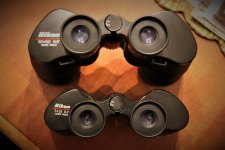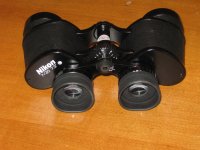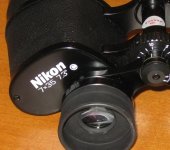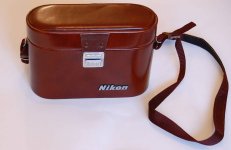dorubird
The unskilled mechanic blames his tools!

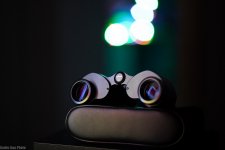
In the 8x30 / 8x32 category, the last version Nikon E2 is my favorite over any other when it comes to the beauty of the general rendered image (even over Swarovski Habicht which I realy like). Eyerelief 14mm is at the lower limit for me (I wear glasses) but it works and I see the whole FOV. Although it has high precision mechanics, unfortunately it is not water resistant, it has been said many times. But this disadvantage pales in the face of qualities:
Very good resistance to glare, flare or stray light. Impeccable focus, fantastic resolution on 70% of the 8.8deg. FOV. Natural colors with a slight exacerbation of red, similar to Leica (superb colors). No other 8x30 roof or porro binoculars achieve the spectacular image of this Nikon E2, in my personal opinion. It is my favorite binoculars in the 30 / 32mm category for observing nature during the day.
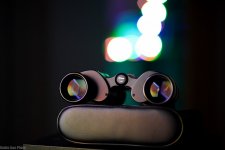
The E 7x35 binoculars are also very interesting. It is a classic with a very contrasting image. It has very good resolution and "biting" image. The 7x power gives it a very deep depth of field, practically this binoculars requires sporadic adjustments of the focus. The 7.3 degree field of view is clear to near the edges. I think the eye relief is at least 16 mm. Chromatic aberrations are absent even without exotic lenses or coatings. The mechanics of this binocular come from the time when things were done for lifetime... It works flawlessly. It has a very discreet yellow tint but is only noticeable when compared to E2
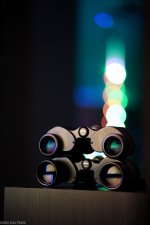
And last but not least, there are two extremely beautiful binoculars
Last edited:










